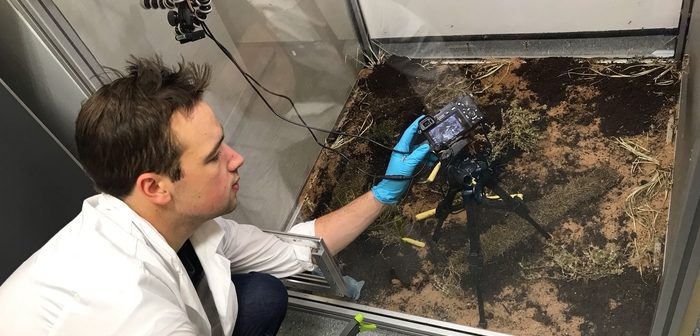Scientists are creating a new smartphone app to help farmers and growers tackle the pests destroying their crops, and it could soon have a major impact on the way information about the natural world is gathered, stored and accessed worldwide.
The team of researchers from the University of Lincoln, UK, is designing and building the specialist app to help farmers in hot climates identify and record the spread of locusts on their land.
By recognising locusts through the smartphone’s camera, the app will be able to identify the stage of the insect’s growth and record its location through the phone’s IP address. This information can then be accessed by the farmer so that they can use pesticides more accurately and to target the insects in the early stages of their lifespan, significantly reducing the amount of crop damage.
This targeted approach could also reduce pesticide residue levels, leading to increased food safety while maintaining food security, and reduce environmental pollution, protecting nearby water systems.
“Each year, approximately 18 million hectares of land are damaged by locusts and grasshoppers, impacting hugely on farmers and their productivity,” explains Dr Bashir Al-Diri from the School of Computer Science at the University of Lincoln. “Their monitoring techniques currently rely on field surveys by people through digging insect eggs, but this information only helps farmers to make mid and long term forecasting decisions and can delay effective management measures.
“By digitally recording the exact number, age and location of locusts, we hope this new app will put more knowledge and more power into the hands of the farmers. They will be able to predict insect population and spread, and act quickly and accurately to save their crops.”
Dr Al-Diri and his team of computer scientists work with the Lincoln Institute for Agri-food Technology at the University of Lincoln, which aims to support and enhance productivity, efficiency and sustainability in food and farming through research, education and new technology.
This study is funded by the Science and Technology Facilities Council’s COSMIC P&D: Pest and Disease Emergence Prediction and Control for Sustainable Agriculture (PADEPSA) project and a further Official Development Assistance Institutional Award, which supports cutting-edge research addressing the problems faced by developing countries.




